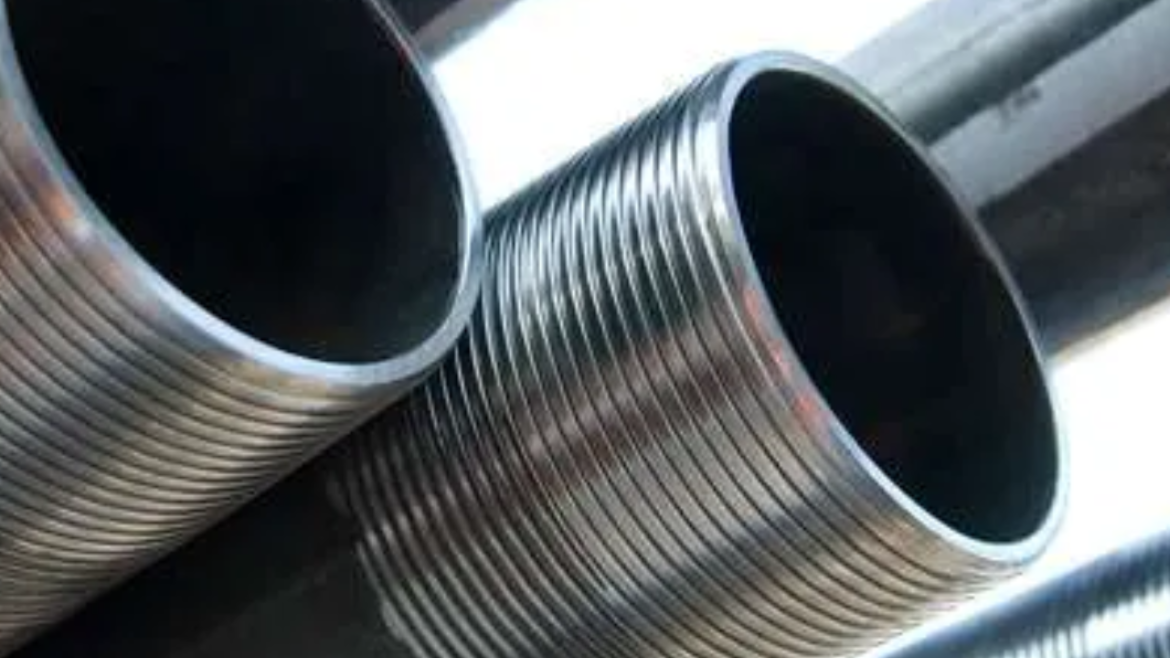Square hollow sections (SHS) are a famous preference in construction and engineering due to their versatility and strength. These hollow, square-fashioned metal sections are typically utilized in each structural and architectural application, starting from columns and beams to railings and frames. However, their effectiveness and reliability heavily rely upon two key elements: size and specification. Deciding on the proper size and ensuring the suitable specifications are important for maximizing the structural performance of SHS.
These elements impact load-bearing ability, resistance to environmental stressors, and long-term durability. In many cases, SHS can be determined in high-stakes environments where failure isn’t an option, inclusive of bridges, high-upward thrust properties, and commercial facilities. As engineers and architects plan and execute initiatives, the choice of the right Specification & Size of Square Hollow Sections (SHS) becomes crucial to ensure safety, efficiency, and price effectiveness.
The Critical Role of SHS Size and Specification in Structural Integrity
Square hollow sections (SHS) play an important role in current creation due to their versatility and structural performance. However, the size and specification of SHS are vital to ensuring the energy, safety, and durability of any structure. A properly calibrated SHS that fits the venture’s needs complements stability and performance, even as wrong sizing or specifications can cause excessive structural issues. This article explores the significance of getting SHS size and specification right for retaining structural integrity.
Ensuring Structural Stability Through Proper SHS Sizing
The dimensions of SHS immediately impact its ability to endure masses and preserve structural stability. The square profile of SHS affords an even distribution of forces throughout its four sides, making it ideal for various programs, from columns to beams. Correct sizing ensures that the SHS can cope with the meant load without experiencing excessive deformation or stress concentration. If the SHS is simply too small or too thin, it may now not resist the weight, leading to buckling, deflection, or failure. Alternatively, an oversized SHS will increase costs and cloth wastage without including large structural benefits.
Meeting Building Codes and Standards With Accurate Specifications
Building codes and policies are designed to ensure the safety, reliability, and long-term sturdiness of systems. SHS specifications, which include the material grade, wall thickness, and dimensions, need to meet the requirements mentioned in these codes. Specifications are set based at the SHS’s capacity to withstand different forces, which include tension, compression, bending, and shear. Engineers use precise specs to make certain that the SHS can take care of the desired load without exceeding the strain limits. Failure to stick to those specs can cause protection hazards, construction code violations, and ability prison liabilities.
Impact of SHS Wall Thickness on Load-Bearing Capacity
The wall thickness of SHS plays a vital function in its load-bearing potential and resistance to outside forces. Thicker walls can face up to extra masses, making SHS with thicker walls suitable for heavy-obligation programs like bridges, high-rise homes, and industrial systems. On the contrary, structures with thinner-walled SHS are more prone to deformation underneath stress, which can lead to compromised structural integrity. Matching the wall thickness of SHS to the precise load requirements guarantees that the shape stays secure and useful over time, without the danger of material failure.
The Importance of Size in Structural Design Flexibility
Another reason the ideal SHS size is crucial is that it has an impact on design flexibility. Architects and engineers regularly rely upon SHS for its power-to-weight ratio, taking into account more innovative and expansive layout solutions. The use of the perfect SHS size enables designers to achieve a balance between aesthetics and structural performance. For example, smaller SHS sections can be best for lightweight programs like residential railings, while large sections provide support for heavy-responsibility infrastructure.
The Role of SHS Specification in Environmental and Site-Specific Considerations
Specifications that include material grade, corrosion resistance, and load-bearing potential ought to be carefully chosen primarily based on the environment and application of the shape. As an example, SHS used in coastal or business environments can also want more advantageous corrosion resistance, finished through precise fabric specs or coatings. Similarly, SHS used in seismic zones has to meet certain ductility and energy requirements to withstand earthquakes. Ensuring that the SHS is precise for the site condition improves the long-term sturdiness of the shape, decreasing upkeep expenses and the hazard of failure in unfavorable situations.
Enhancing Durability and Longevity With Proper SHS Specification
The durability and toughness of a structure rely upon the best specification of SHS. For systems exposed to environmental stressors, which include moisture, wind, or seismic activity, the right specification ensures resistance to those factors through the years. The material composition of SHS performs an important function in corrosion resistance and fatigue power, especially for out-of-doors or business packages. By specifying the right material grade and protecting treatments, engineers can enhance the SHS’s lifespan and ensure that the structure remains secure and sound for decades.
Summary
The proper size and specification of square hollow sections (SHS) are fundamental to ensuring the structural integrity of any project. Whether or not it’s preserving load distribution, assembly building codes, or ensuring performance, every issue of SHS choice plays a critical role in the shape’s performance, safety, and sturdiness. By carefully considering the size and specification of SHS, engineers, and designers can ensure that their structures continue to be solid, long-lasting, and green for future years, avoiding costly maintenance or disasters.
